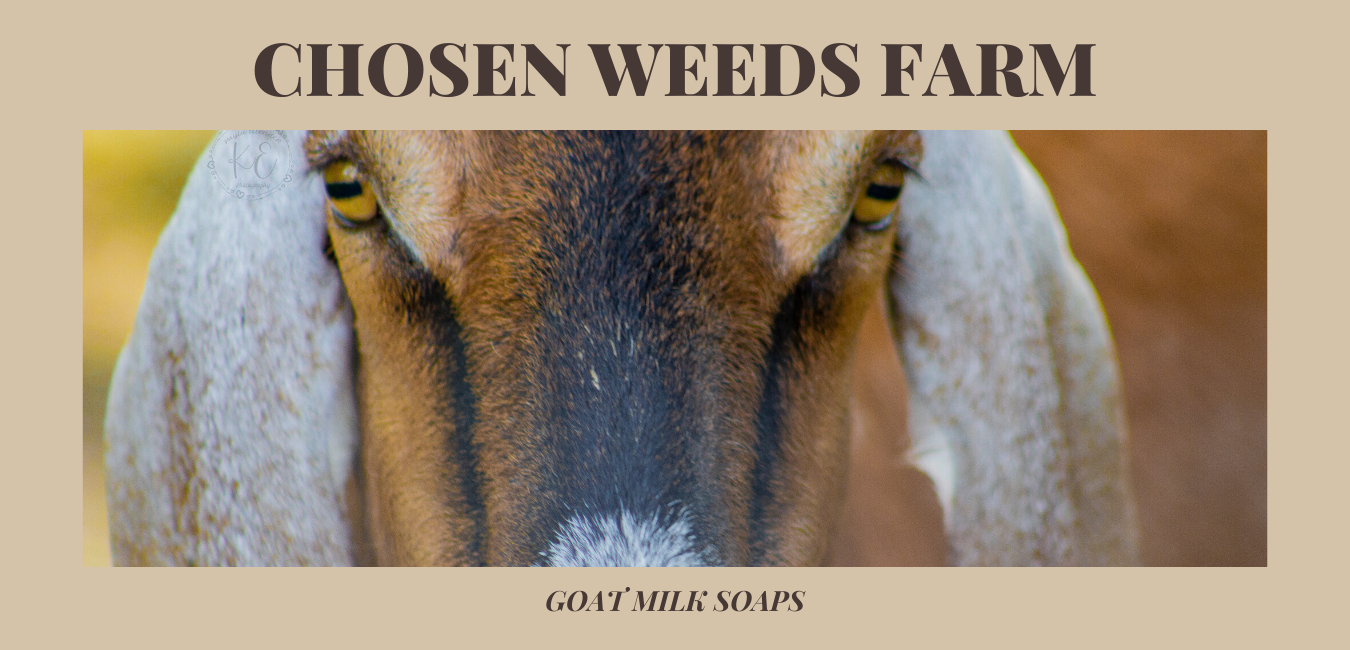
One of my goals in planting my gardens is to save money and create repetition within the garden. Meaning, I want my plants to serve a multitude of purposes from attracting insects, repelling insects, food, and medicine AND I want to spend as little money as possible doing it.
To do that, you have to have diversity within you plantings.
Here are 4 different groups of plants that can be planted in and around your pepper plants to help repel unwanted insects, act as a fertilizer, and attract beneficial predators that will knock out those pests you don’t want.
- Allium family has a scent so strong that they repel aphids. Green onion, walking onions and chives helps to repel these little vampire bugs that literally suck you plants dry. Garlic works but the plant timing isn’t the same. Garlic needs to be planted in the cooler weather, while peppers are hotter weather plants.

- Everyone wants to attract lady bugs. The flower group called umbel flowers are perfect for attracting them. These are a cluster of flowers made up of several short stalks that spread from a common point, resembling the ribs of an umbrella. They include yarrow, celery, fennel, parsley, dill, and carrot. Umbel flowers will also attract parasitic wasps. Don’t worry, these wasps aren’t harmful to you and I, but they are deadly to leaf miners and tomato hornworms. They will pierce the pest’s skin and deposit their eggs. The larvae of the parasitic wasp will actually eat the pest alive.
- Crimson Clover is a nitrogen fixer and adds nitrogen to the soil. Peppers are heavy feeders so this helps to add some nitrogen back into the soil without fertilizers. They also provide a cover for Big-eyed bugs. Once these bugs have found a meal they insert their needle sharp beak, inject digestive enzymes, and then suck up the partially digested insides of their prey. So cool!

- Marigolds will attract damsel bugs (so will crimson clover). One usually thinks about marigolds for tomatoes, but they work with peppers, too, but for a different reason. The nymph stages of damsel bugs/fly feed on smaller prey including mites, aphids, and eggs. Adult damsel bugs feed on both large and small prey including spider mites, caterpillars, potato beetles, cabbage worms, corn earworms, and leaf hoppers.

So there you have it.
Not only will you be providing diversity in your garden beds, they are going to look beautiful.
Want to learn more about homesteading, gardening and raising animals? I will be having a family homesteading class on Saturday, March 25, 2023 from 10-12. Sign up for the waiting list HERE.
Katie says that she brought her kids to one of my classes so that they can “learn about the delicate ecosystem that induces an awe of our Creator and [to learn] respect for our planet as well as the practical aspect of learning to grow healthy foods and beautiful plants.” She knew it would be great for her kids, but she was surprised that it was so informative for her too.
You can have this for your family as well. Sign up for the waiting list HERE
